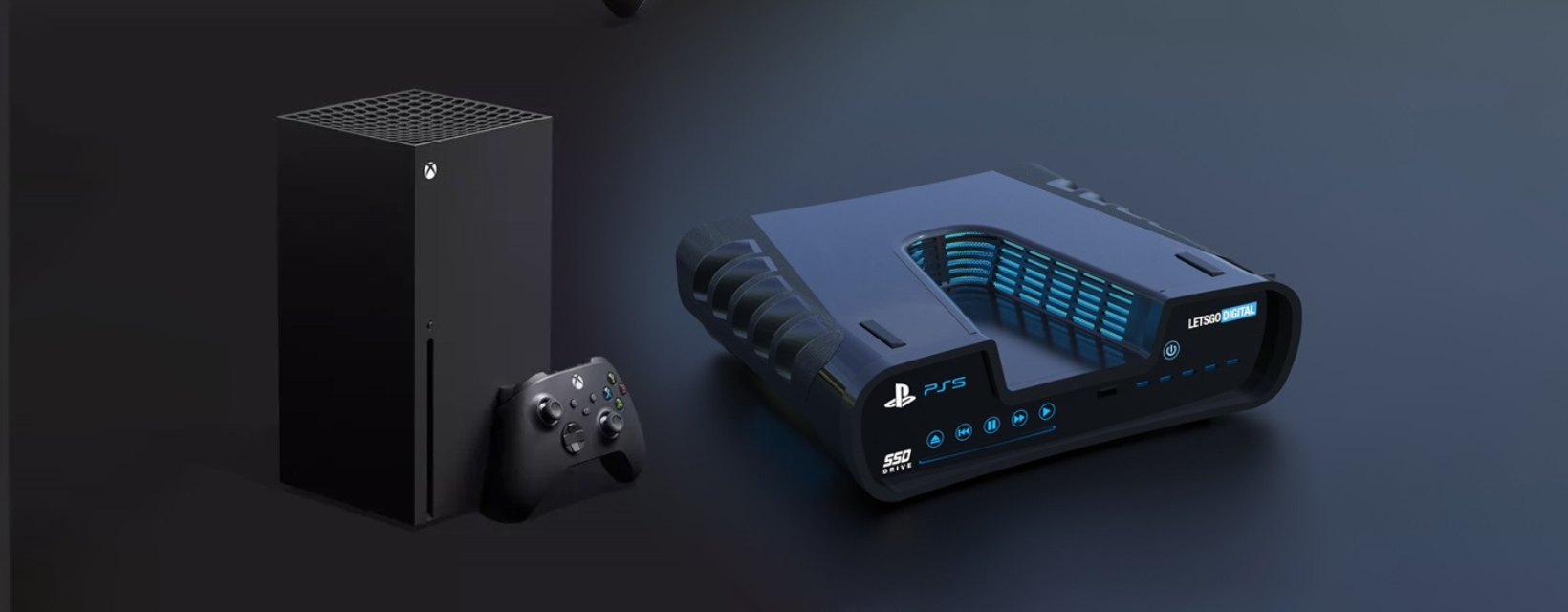Console sales have been up through the month of March as most of the world has been in lockdown, according to GSD. The Nintendo Switch, which had previously sold over 40 million units through the end of 2019, has been largely sold out throughout the US. Anecdotally, we have seen constrained Switch Light inventory levels with unavailability at some retailers. The installed base of consoles and PCs has certainly expanded through the pandemic.
What then do the pandemic and the late-cycle surge in console sales mean for the upcoming launch of the next-generation Xbox and PlayStation?
To start, it’s important to consider any impact on the production ramp of the new consoles leading up to the fall launch. Both Sony and Microsoft seem confident that the next-generation consoles will launch, as planned, during the holiday season.
In a March 27th press release, Sony outlined the impact of COVID-19 on its various business units. For its gaming business, the company doesn’t anticipate any material impact for the fiscal year but did mention it was carefully monitoring the risk of delays to production schedules for game titles at both first-party and third-party studios.
In late March, Microsoft CEO Satya Nadella stated that the hardware supply chain is “getting back on rails,” implying that the Xbox Series X is still on track for a holiday 2020 release. At the same time, Nadella pointed to questions surrounding consumer demand for upcoming products. “Right now, the supply chain is not the real issue. The bigger issue is what happens in the United States, Europe, and other developed markets about the demand side going forward.”
So far, consumer demand for gaming through the pandemic has been strong. According to Comcast, gaming downloads are up 77%. Games like Animal Crossing and Call of Duty: Warzone have seen tremendous consumer success. Streams of Riot’s new FPS game Valorant, still in a closed beta, have reached near-record levels on Twitch. At its peak, the game reached 1.7M concurrent viewers on Twitch, the same level as the League of Legends World Championship and Fortnite’s “The End” event as it transitioned between seasons.
Given healthy production lines and demand for gaming, we view the larger tailwind behind gaming from the stay-at-home period will continue to propel gaming longer term; however, the recent surge in console sales may remove some incremental buyers of the next-generation consoles later this year.
The current Xbox One/PlayStation 4 generation has sold over 155M units to-date, with 10M Xboxes and 15M PlayStations sold in the first full year, and roughly 3M Xboxes and 4M PlayStations in the six-week launch period. As we head into the new console launches later this year, especially factoring in the potential for the economy to remain in recession, we think a successful launch of the next-generation consoles would see Microsoft and Sony hitting these same 3-4M unit launch period numbers. We see this as a solid possibility assuming there are no production issues for either console. The recent surge in console sales may negatively impact the full-year numbers but likely not the launch period numbers.
Regardless of economic conditions, price will influence console choice. In the previous generation, the PlayStation 4 was released at $399, compared to the Xbox One at $499. The price difference was driven by Xbox’s inclusion of the Kinect camera with all consoles. While launch sales were comparable, with Sony having an extra week in the market, the gap widened over the first year, reflected in the 10M to 15M first-year totals. Pricing for the next generation of consoles has yet to be determined, but we think Microsoft should consider undercutting Sony for the upcoming generation to drive greater adoption. Microsoft has an unassailable balance sheet and could easily withstand selling the new Xbox at or below cost for a sustained period. For both platforms, it’s in their best interest to sell consoles as cheap as possible to bring more players into their ecosystems as subscriptions and software become even larger parts of total gaming revenue. While diehard fans who are purchasing consoles in the launch window have mostly made up their mind, the trailing purchases are more likely to be influenced by pricing, especially in any adverse economic conditions.
The fall console sales are more likely to impact the game publishers, who need a healthy console base to market games. Fortunately for developers, Xbox has stated that there won’t be any Xbox Series X-exclusive titles, meaning that any game published can be made available for the prior Xbox One generation as well as the new Series X. Sony has yet to make any similar announcements, but it’s likely that they’ll continue standard operating procedure and make most games available to the bulk of their player base. Publishers can rest assured that they will have a strong console base to sell to in the fall.
